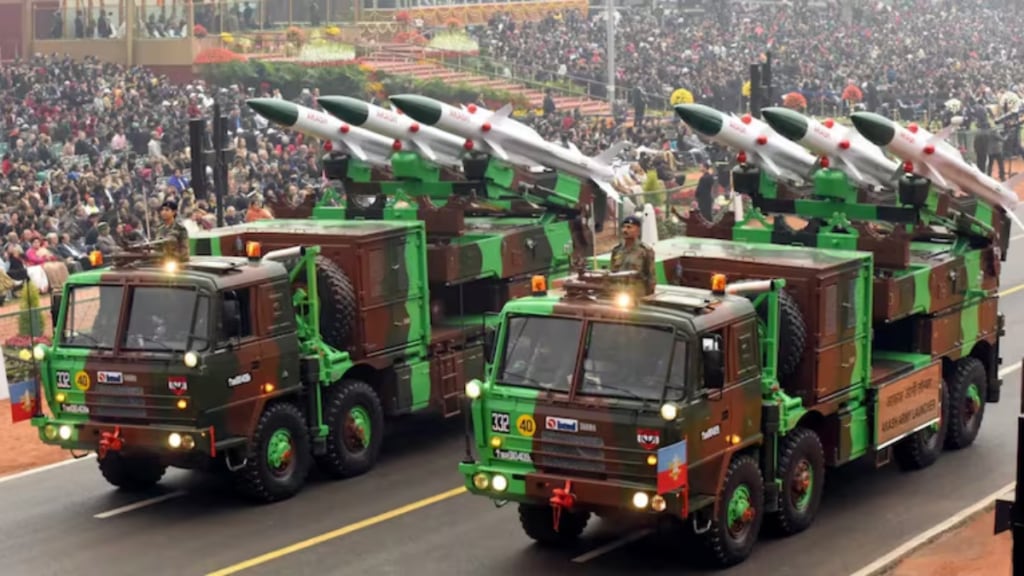In a major security development, Indian armed forces on Thursday shot down more than 50 swarm drones launched by Pakistan across the Line of Control (LoC) and the International Border. The attempted infiltration occurred on the night between May 8 and 9, 2025, and was accompanied by multiple ceasefire violations (CFVs) across the western sector, especially in Jammu and Kashmir.
According to the Indian Army’s post on X, the Pakistani armed forces used drones and other munitions in a coordinated manner along the western border. “The drone attacks were effectively repulsed and a befitting reply was given to the CFVs,” the Army said, confirming the engagement of air defence assets in multiple locations including Udhampur, Samba, Jammu, Akhnoor, Nagrota, and Pathankot.
What is an air defence system?
An air defence system (ADS) is a multi-layered network of radars, missiles, and command infrastructure designed to detect, track, and neutralise aerial threats such as drones, helicopters, aircraft, and ballistic missiles.
The system functions through a coordinated chain:
- Radar and early warning systems act as the eyes, scanning airspace to identify potential intrusions.
- Command and control centres process incoming data, identify threats, and make real-time decisions on interception.
- Surface-to-Air Missiles (SAMs) are deployed to eliminate hostile targets. These missiles range from short to long-range, with capabilities to engage multiple threats simultaneously.
- Mobile air defence units, often vehicle-mounted, allow for rapid repositioning to protect key areas and moving convoys.
India’s swift response to Thursday’s swarm drone attack demonstrates how this layered defence system operates under real-time pressure.
India’s Air Defence Arsenal vs Pakistan’s
India’s air defence capability is considered superior to Pakistan’s, due to its mix of Russian, Israeli, and indigenous systems. Some of the key assets in India’s arsenal include:
- S-400 Triumf: A long-range Russian system with a 380 km range. Three squadrons have already been deployed under a Rs 40,000 crore deal.
- Barak-8 MR-SAM: Developed jointly with Israel, this system has a range of over 70 km and is being inducted across the Indian Air Force (IAF), Navy, and Army.
- Akash Missile System: With a 25 km range, this indigenous system forms the backbone of medium-range air defence for the IAF and Army.
- Spyder: A 15-km range Israeli system that provides quick-reaction, low-level protection.
- Shorter-range systems: These include Russian Igla-S and Igla-1M shoulder-fired missiles, OSA-AK-M, Pechora systems, and upgraded L-70 anti-aircraft guns.
Pakistan, on the other hand, relies heavily on Chinese-supplied HQ-9 missiles, with a range between 120 km and 300 km, and French-origin Spada systems (20–25 km range) to protect critical infrastructure.
Why This Incident Matters
The large-scale use of drones by Pakistan marks a significant shift in cross-border hostilities, highlighting the evolving nature of warfare. India’s ability to detect and intercept over 50 drones in one night reflects the maturity of its air defence infrastructure. It also underlines the growing threat of drone warfare in the region and the importance of continued investment in anti-drone technologies.

